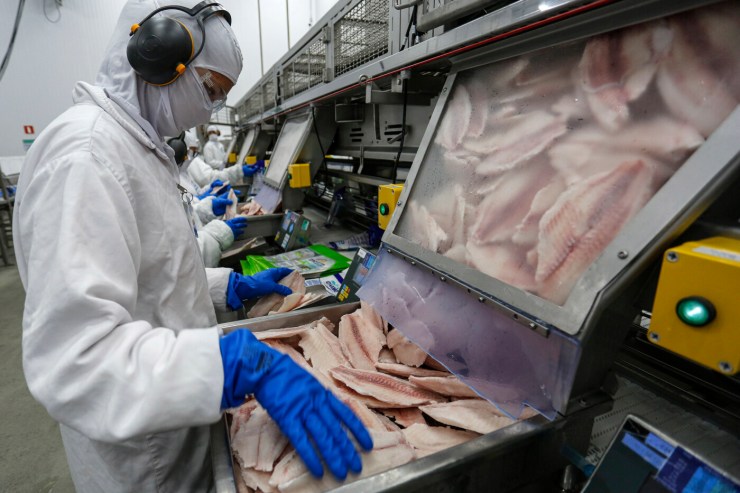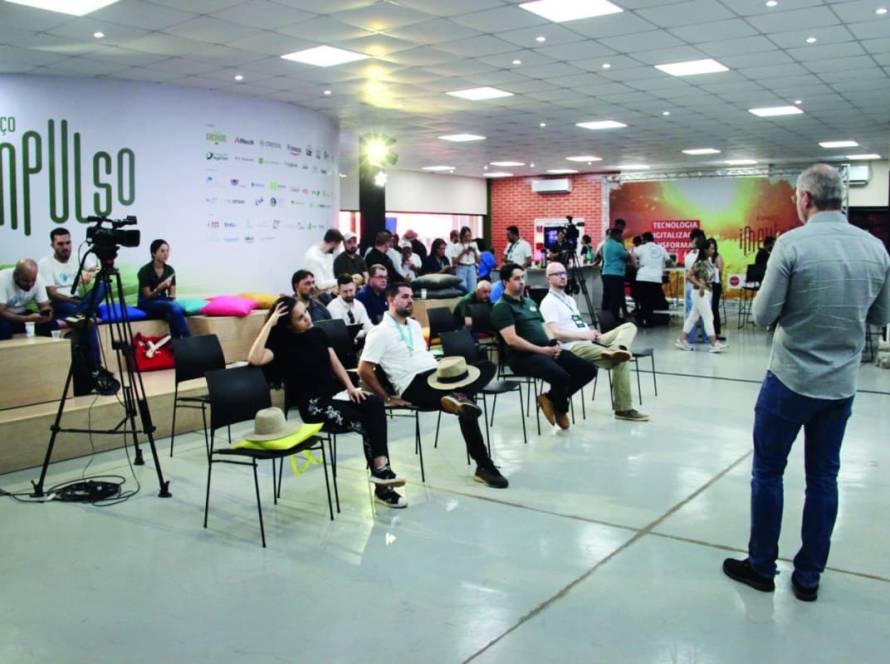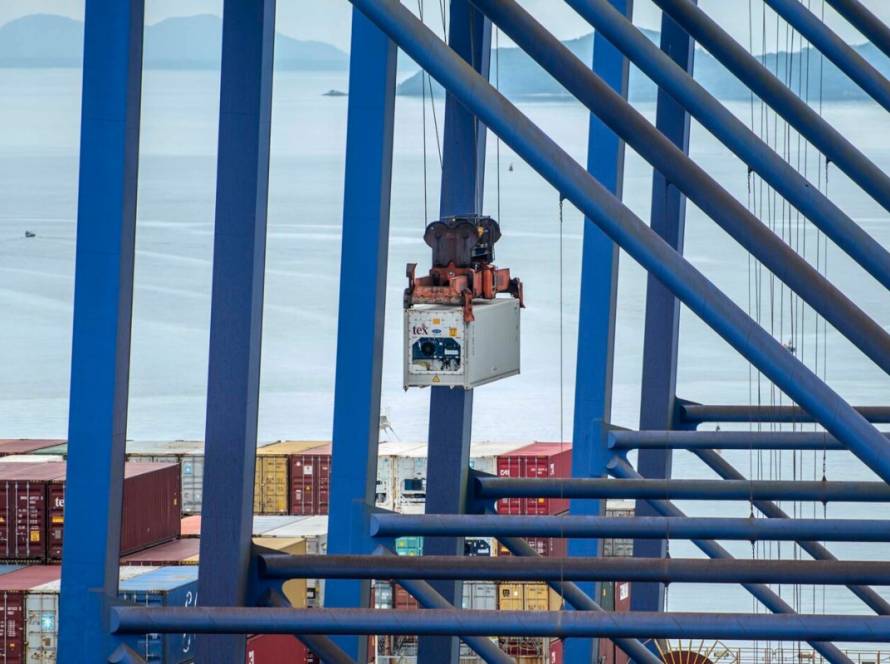Between January and June 2025, the Paranaguá Container Terminal reached a new all-time record, handling 803,041 TEUs (twenty-foot container equivalent units). This volume represents a 3% increase compared to the 780,460 TEUs recorded in the same period last year.
One of the highlights was the operation of refrigerated containers, used mainly in the export and import of meat and frozen products, which reached 69,290 units, an increase of 7% compared to the 64,641 units handled in the first half of 2024.

Beef export performance was also impressive: shipments totaled 449,000 tons, an increase of 48% compared to the 303,000 tons exported in the same period last year. With this result, the terminal's share of Brazilian beef exports rose from 23% to 31%.
According to the Brazilian Association of Meat Exporting Industries (Abiec), in the first six months of 2025, beef shipments increased by 13.4%, reaching 1.47 million tons, while revenue grew by 27.1%, reaching US$$ 7.23 billion. The main origins of the product were the states of Mato Grosso and São Paulo, and the three largest destinations were China, the United States, and Mexico.
Frozen chicken remained the main commodity shipped, with a total volume of 1.13 million tons exported, giving the Terminal a market share of 43% in the segment. According to the Brazilian Animal Protein Association (ABPA), the country shipped 2.6 million tons in the first half of the year, generating a 5% increase in revenue, which reached US$$ 4.871 billion. The largest buyers of Brazilian chicken were the United Arab Emirates, China, and Saudi Arabia.
According to the ABPA report, the volume of chicken meat shipped is expected to increase in the second half of the year, driven by continued growth in production and capacity in the sector, coupled with Brazil's institutional efforts to resume exports to 100% from restricted destinations following the identification of a case of Avian Influenza in May in the state of Rio Grande do Sul. Since June, several destinations have lifted their restrictions following Brazil's self-declaration as Avian Influenza-Free with the World Organization for Animal Health.
Storage of refrigerated containers

The Paranaguá Container Terminal completed the expansion of its reefer storage yard in 2024. Capacity increased from 3,624 to 5,268 electrical outlets, solidifying the facility as the largest reefer container yard in South America.
With a focus on energy efficiency, the terminal also completed the installation of a gas-insulated substation (GIS F35-4), manufactured by General Electric, which eliminated restrictions related to the electricity quota. This measure anticipates the growth in energy demand, driven particularly by the increase in frozen food exports.
Since 2022, all electricity consumed at the terminal has come from renewable sources, a commitment that has been recognized with the international I-REC (International Renewable Energy Certificate) certification for three consecutive years.
Performance of other sectors
In addition to the meat and frozen food market, the list of commercial segments that exported the most were timber (682 thousand tons) and pulp and paper (487 thousand tons). In imports, the leading sectors were chemicals and petrochemicals (278 thousand tons), followed by automotive (200 thousand tons) and electronics (152 thousand tons).
By sea and by land

The first half of 2025 marked a new record for the number of berthings at the Port of Paranaguá, with 526 vessels operating on both long-haul and coastal routes, an increase of 3% compared to the same period last year. This growth follows an increase in the operational draft of the access channel, which increased from 12.60 meters to 12.80 meters in March. This change allows each vessel to carry, on average, up to 160 more full containers (TEUs), favoring economies of scale in operations.
Rail traffic also saw a significant increase. There were 667 train stops in the first six months of the year, 9% more than in 2024. The total number of containers handled by rail reached 53,155 units, 2,753 more than the volume recorded in the same period last year.
The terminal is the only one in the South region with a direct connection to a railway branch, a strategic structure that has boosted the transportation of cargo such as chicken, paper and cellulose, especially through the routes that connect Paranaguá to producing regions in the interior of Paraná, such as Cascavel, Ortigueira and Cambé.





